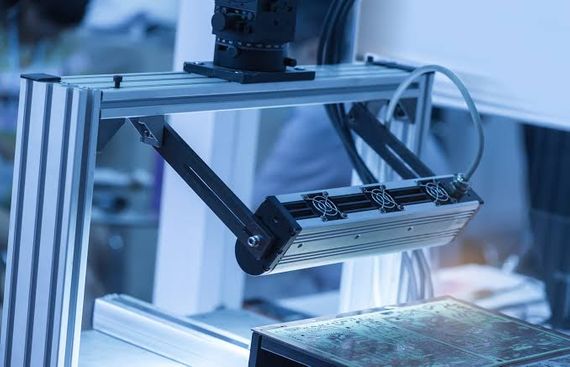How Can Machine Vision and Imaging Transform the Future?

The Machine Vision is witnessing a long-term impact especially in the novel technologies and 3D imaging would be a perfect example to describe the growth. 3D imaging helps profile views of a surface or object and one of the primary benefits in 3D imaging is the option to enable 3D locations. The images formed can allow the software to process changes in depth more than changes in shadow or surface colour features.
However, 3D imaging still needs a huge transition from being an emerging technology to an inevitable part of the machine vision industry. Under 3D imaging, if it is regarding metrology and Vision Guided Robotics (VGR), it requires high-end resolutions both in-depth and horizontal. The incorporation of 3D imaging on the surface will be straightforward, but the specific applications will be the need for precision and effort.
The imaging system or the object when is in movement, errors happen and when this happened at any position, it leads to measurement errors which have to consider very seriously. But almost every 3D imaging systems show a certain level of 3D data drop-out, which is a condition in which the features get shadowed related to the camera angles and active illumination that leads to an undesirable void in 3D information.
Also, not every 3D machine vision applications are prime time ready and the applications pick up homogeneous objects which are practically easy and well solved. Machine vision conveys that additional safety and operational benefits by diminishing human involvement in a manufacturing process.
In the integrated imaging system, the user will be having the full control of everything important to the image, including the camera, lens, and lighting through a single common interface. Users will be able to manually focus, control the aperture setting, zoom if equipped, adjust camera settings like shutter speed, and more. But, if the device was web-enabled, the user can use the control interface from a remote location which has internet access point via the internet of things (IoT) technology.
Read More News :
IIT Madras, UK Researchers Develop Technology to Make AI Fairer
